The biggest nightmare for an electric vehicle driver is the spectre of range that stalks them at every turn.
To that end, public charging plays a pivotal role in the ability of EVs to service current needs, let alone the needs of future transport operations. The degradation of renewable power and EV ownership was a decade at the hands of a climate-change-denying conservative government. The government actively campaigned against electric vehicles. Who could forget the famous “Labor wants to steal your weekend,” campaign, or the “Labor hates tradies” memes that appeared prior to elections, like clockwork.
None of the claims we true.
Video Review: 2023 Mazda CX90 Azami Takumi FULL REVIEW- GayCarBoys – Alan Zurvas
Video Review: OneCarStereo Wireless CarPlay “Smart AI Box” Review Part 1: Unboxing and first test – GayCarBoys review – Alan Zurvas
Video Review: Why My 2022 Jeep Wrangler Rubicon is the Best Gay Car Mini Review
#jeepaustralia, #jeep, #jeepwrangler, #wranglerrubicon, #alanzurvas, #gaycar, #gaycarboys #shorts
- Top GayCarBoys Stories:
- Sexy Men Drive 2021 Toyota Yaris Cross
- 10 Sexiest MotoGP Motorcycle Riders
- DON’T Drive YOUR CAR until you’ve Checked if your AIRBAG will KILL YOU
- 10 Hottest Racing Drivers
- Top 12 Best Gay Lesbian LGBTI Luxury Cars
- Top 10 Gay Lesbian LGBT Cars
- Top 10 Gay Lesbian LGBT Sports Cars
- Top 15 gay and lesbian LGBT SUVs
- Talented Twinks – Callum Ilott Virtually Races Arthur Leclerc
ABOVE: Electrify America, San Fransisco
In fact, utes could power worksites, remote homesteads, and act as emergency power sources during disasters. Adding to the injustice was the claim that fossil fuelled vehicles were better equipped to handle surprises. Like any other mode of transport, fossil-powered cars, trucks and utes need energy to function. Petrol and diesel can as easily be in short supply as electricity, so the debate rages unabated.
There a shards of hope now that a more progressive government is underpinning a more enlightened approach to transport.
The public charging infrastructure has largely been left to private investment to expand. Ultra-fast 350kw chargers are rare, and with claims the public energy networks cannot support rapid expansion, will remain so.
It need not be that way.
The USA had similar issues, as conservative interests rallied against EV support facilities. Some states however, have made considerable in-roads. Electrify America has been increasing the number of outlets, and will open a flagship station in San Fransico, at 928 Harrison St.
Many may lament the passing of ugly petrol stations, with their sites requiring remediation and decontamination when decommissioned, some will cheer. Electrify America has built charging centres that make petrol stations looks like ghettos of human detritus.
As a blueprint, the Harrison St site has 20 x 350kw “hyperfast” chargers, the largest on the network. The “indoor” facility provides a space where customers can shelter in a space other than their car.
While charging, there is free WiFi, and 24/7 security in the climate-controlled spaces with bathrooms, baby changing facilities, beverage and vending facilities available, and above all inherently cleaner, nicer spaces to be.
Australia also has 350kw chargers, but the decade spent in the doldrums ensures the distances between each station can be measured not only by distance, but by ethos.
As more EVs are able to take up ultra-fast top-ups, infrastructure matters. As Australia looks outwards, we see what is happening across the pond and are comforted by advances that will come our way.
DC EV charging limits, range from 50kw for the very slow, to 350kw for the very fast and it all depends on the architecture on which your EV is built. It can’t be upgraded.
Things are promising, EV charging is now being seen as the future worthy of investment.
Other Gaycarboys Mazda Stories
- Mazda sets even Higher Benchmark with new CX-30 SUV
- Is Mazda CX-9 Azami Worth the Money?
- Is 2020 Mazda CX5 Good Bad or Indifferent?
- We Drive Mazda MX-5 (Miata, MX5) 30th Anniversary Edition. It is any good?
- Mazda3: Next-Gen model the best yet
- 2018 Mazda6 GT Wagon Review
- 2019 Mazda6 GT sedan VIDEO REVIEW
- 2019 Mazda 6 GT Sedan Driven and rated












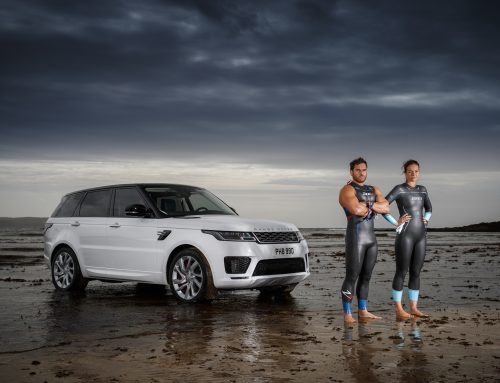
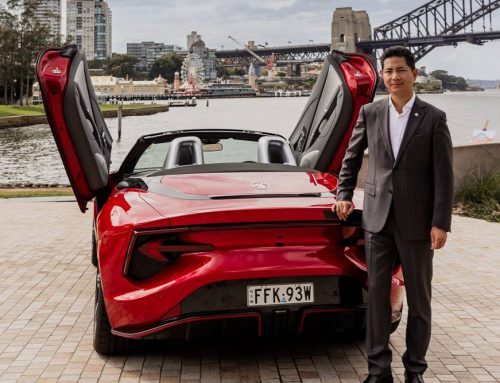
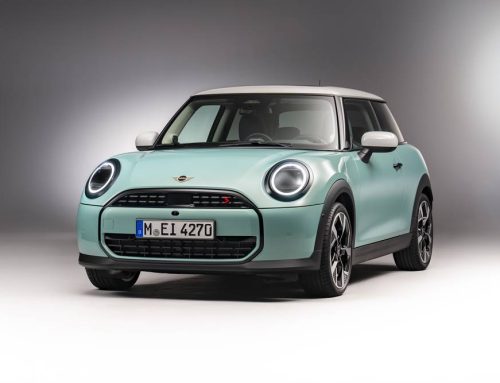
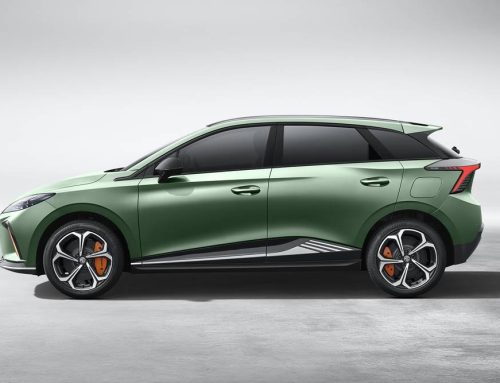
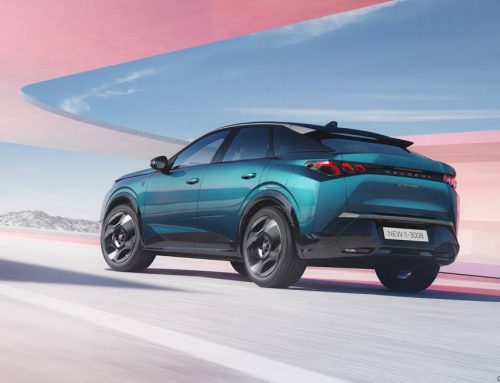
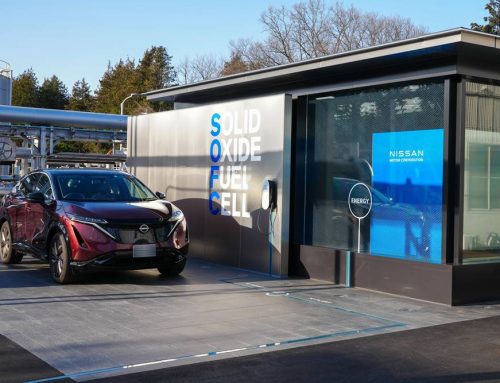
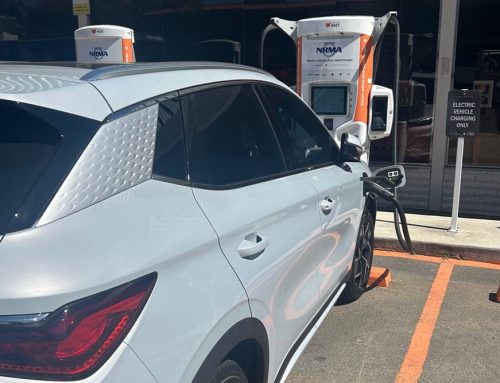



Leave a Reply